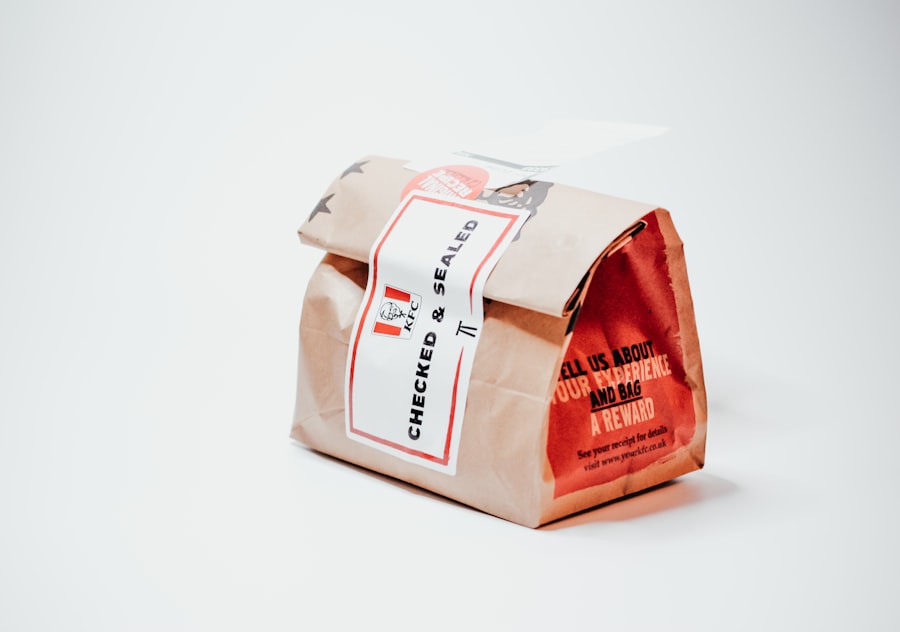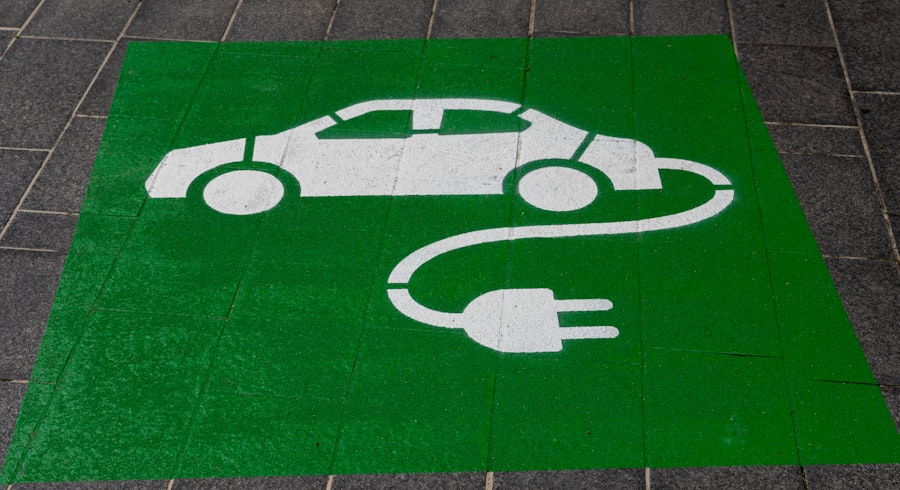In recent years, the global conversation surrounding sustainability has intensified, leading to a significant shift in consumer preferences and corporate practices. The rise of sustainable packaging is a direct response to the alarming levels of plastic waste that have accumulated in landfills and oceans. According to a report by the World Economic Forum, over 300 million tons of plastic are produced each year, with a substantial portion ending up in the environment.
This has prompted businesses to seek alternatives that not only meet consumer demands for convenience but also align with a growing commitment to environmental stewardship. As a result, sustainable packaging solutions have emerged as a vital component of corporate responsibility strategies. The transition towards sustainable packaging encompasses a variety of materials and methods, including biodegradable plastics, recycled paper products, and innovative designs that minimize waste.
Companies are increasingly investing in research and development to create packaging that is not only functional but also environmentally friendly. For instance, brands like Coca-Cola and Unilever have committed to using 100% recyclable or reusable packaging by 2025. This shift is not merely a trend; it reflects a broader societal movement towards sustainability, where consumers are more informed and willing to support brands that prioritize eco-friendly practices.
The rise of sustainable packaging is not just about reducing environmental impact; it also represents an opportunity for brands to differentiate themselves in a crowded marketplace.
The Benefits of Edible Packaging
Edible packaging is an innovative solution that takes sustainability to the next level by eliminating waste altogether. Unlike traditional packaging materials that can take hundreds of years to decompose, edible packaging is designed to be consumed along with the product it encases. This unique approach offers several benefits, including reduced environmental impact, enhanced consumer experience, and potential cost savings for manufacturers.
By integrating edible materials into their packaging strategies, companies can significantly decrease their reliance on single-use plastics and contribute to a circular economy. One of the most compelling advantages of edible packaging is its ability to enhance the overall consumer experience. When consumers encounter products wrapped in edible materials, it creates a sense of novelty and excitement.
This can lead to increased brand loyalty as customers appreciate the innovative approach and the thoughtfulness behind the product design. Additionally, edible packaging can be infused with flavors or nutrients, adding an extra layer of enjoyment to the consumption experience. For example, some companies have developed edible films made from seaweed or rice that not only serve as a barrier against moisture but also provide a delightful taste that complements the product inside.
This fusion of functionality and flavor exemplifies how edible packaging can transform the way consumers interact with food.
The Delicious Experience of Brownie Edible Packaging

Brownie edible packaging represents a delicious intersection of culinary creativity and sustainable innovation. Imagine biting into a delectable brownie that not only satisfies your sweet tooth but also serves as its own packaging. This concept has gained traction among food innovators who are exploring ways to create edible containers that enhance both flavor and functionality.
Brownie edible packaging can be crafted from rich ingredients such as cocoa, flour, and sugar, resulting in a treat that is both indulgent and practical. The experience of consuming food wrapped in brownie packaging is unlike any other. It invites consumers to engage with their food in a playful manner, blurring the lines between packaging and product.
For instance, some brands have developed brownie bites that encase fillings like ice cream or fruit preserves, creating a delightful surprise with each bite. This not only elevates the taste experience but also encourages consumers to think differently about how they perceive food packaging. The sensory appeal of brownie edible packaging—its aroma, texture, and flavor—adds an exciting dimension to the act of eating, making it more than just a meal but rather an experience to savor.
How Brownie Edible Packaging Reduces Waste
| Metrics | Data |
|---|---|
| Reduction in Plastic Waste | 30% decrease in plastic packaging waste |
| Biodegradability | 100% biodegradable packaging material |
| Recyclability | Packaging material is fully recyclable |
| Environmental Impact | Reduced carbon footprint and landfill impact |
The environmental implications of brownie edible packaging are profound, particularly in terms of waste reduction. Traditional packaging materials contribute significantly to global waste issues, with millions of tons ending up in landfills each year. In contrast, brownie edible packaging offers a solution that eliminates this problem at its source.
By creating packaging that is meant to be consumed rather than discarded, companies can drastically reduce the amount of waste generated from their products. Moreover, brownie edible packaging can be produced using ingredients that are often byproducts of other food processes, further minimizing waste. For example, leftover cocoa shells from chocolate production can be repurposed into brownie batter for edible packaging.
This not only reduces food waste but also promotes a more sustainable approach to ingredient sourcing. As consumers become increasingly aware of the environmental impact of their choices, the appeal of products wrapped in brownie edible packaging grows stronger. By choosing such innovative solutions, consumers actively participate in reducing their ecological footprint while enjoying delicious treats.
The Environmental Impact of Brownie Edible Packaging
The environmental impact of brownie edible packaging extends beyond mere waste reduction; it encompasses a holistic approach to sustainability that considers resource use, carbon emissions, and ecological balance. The production of traditional packaging materials often involves significant energy consumption and greenhouse gas emissions. In contrast, brownie edible packaging can be produced using more sustainable practices, such as sourcing ingredients locally and utilizing renewable energy sources during manufacturing processes.
Additionally, the biodegradability of brownie edible packaging means that it will not contribute to long-term pollution in landfills or oceans. When disposed of properly, these edible packages break down naturally, returning nutrients to the soil rather than leaching harmful chemicals into the environment. This aligns with the principles of regenerative agriculture and circular economy models that prioritize sustainability at every stage of production and consumption.
As more companies adopt brownie edible packaging as part of their sustainability initiatives, they contribute to a larger movement aimed at fostering environmental health and resilience.
The Future of Sustainable Packaging: Brownie Edible Packaging

Looking ahead, the future of sustainable packaging appears promising with innovations like brownie edible packaging leading the charge. As consumer awareness regarding environmental issues continues to grow, there will be an increasing demand for creative solutions that address waste and sustainability challenges. Brownie edible packaging exemplifies how food innovation can intersect with environmental responsibility, paving the way for new business models that prioritize both taste and ecological impact.
The potential for growth in this sector is vast; as technology advances and production methods become more efficient, we may see an expansion in the types of products that utilize edible packaging. From snacks to beverages and even takeout meals, the possibilities are endless. Furthermore, collaborations between food scientists and culinary experts will likely yield even more exciting developments in this field.
As brands embrace these innovations, they will not only cater to environmentally conscious consumers but also position themselves as leaders in the sustainable movement. In conclusion, brownie edible packaging stands at the forefront of sustainable innovation within the food industry. By combining deliciousness with eco-friendliness, it offers a unique solution to some of the most pressing challenges facing our planet today.
As we move forward into an era where sustainability is paramount, concepts like brownie edible packaging will play an essential role in shaping our consumption habits and redefining our relationship with food and its packaging.




